 4 Columns
4 Columns
4Columns is on holiday break, and will be back with a new issue on January 7, 2022! Till then, we look back at our most-read essays of the past year.

4Columns assistant managing editor Bolek and mascot Sparky are snuggling up over the holiday break with a very special pile of reading to do: our top-ten reviews of 2021!
Another year, another thirty-nine issues (that’s 156 reviews!) from 4Columns. This was a particularly special year for us, as we marked our fifth anniversary this past September. Our archives offer a fascinating look at how the cultural landscape has changed and developed since 2016—but if you don’t have time to read through nearly eight hundred incisive and eloquent pieces of criticism, we’ve distilled a much more concise holiday reading list for you: our ten most-read reviews of 2021.
Blair McClendon on The Underground Railroad
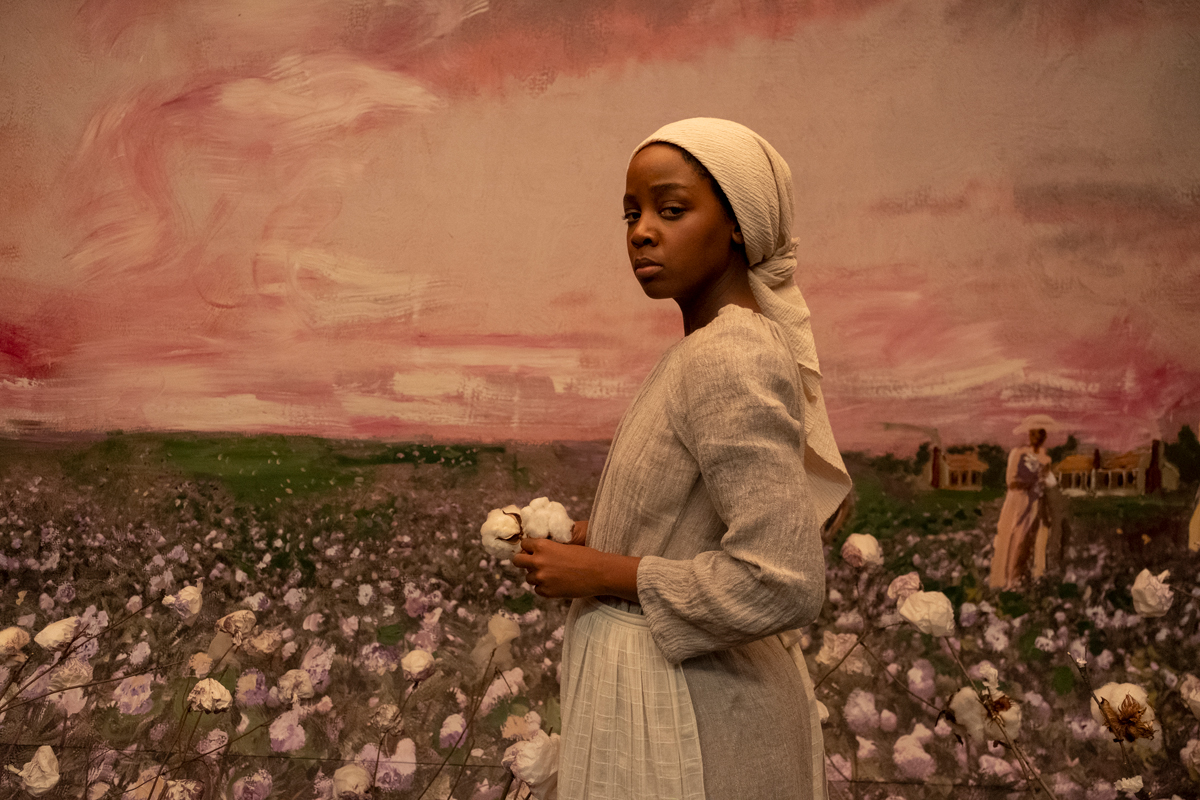
Thuso Mbedu as Cora in The Underground Railroad. © Amazon Studios. Photo: Kyle Kaplan.
In his incandescent review of this ten-part adaptation of Colson Whitehead’s Pulitzer Prize–winning picaresque, Blair McClendon considers how director Barry Jenkins cinematically transforms the grammar of television into something that moves and sounds like a movie—as well as Jenkins’s controversial approach to depicting Black trauma.
Hannah Black on Grief and Grievance
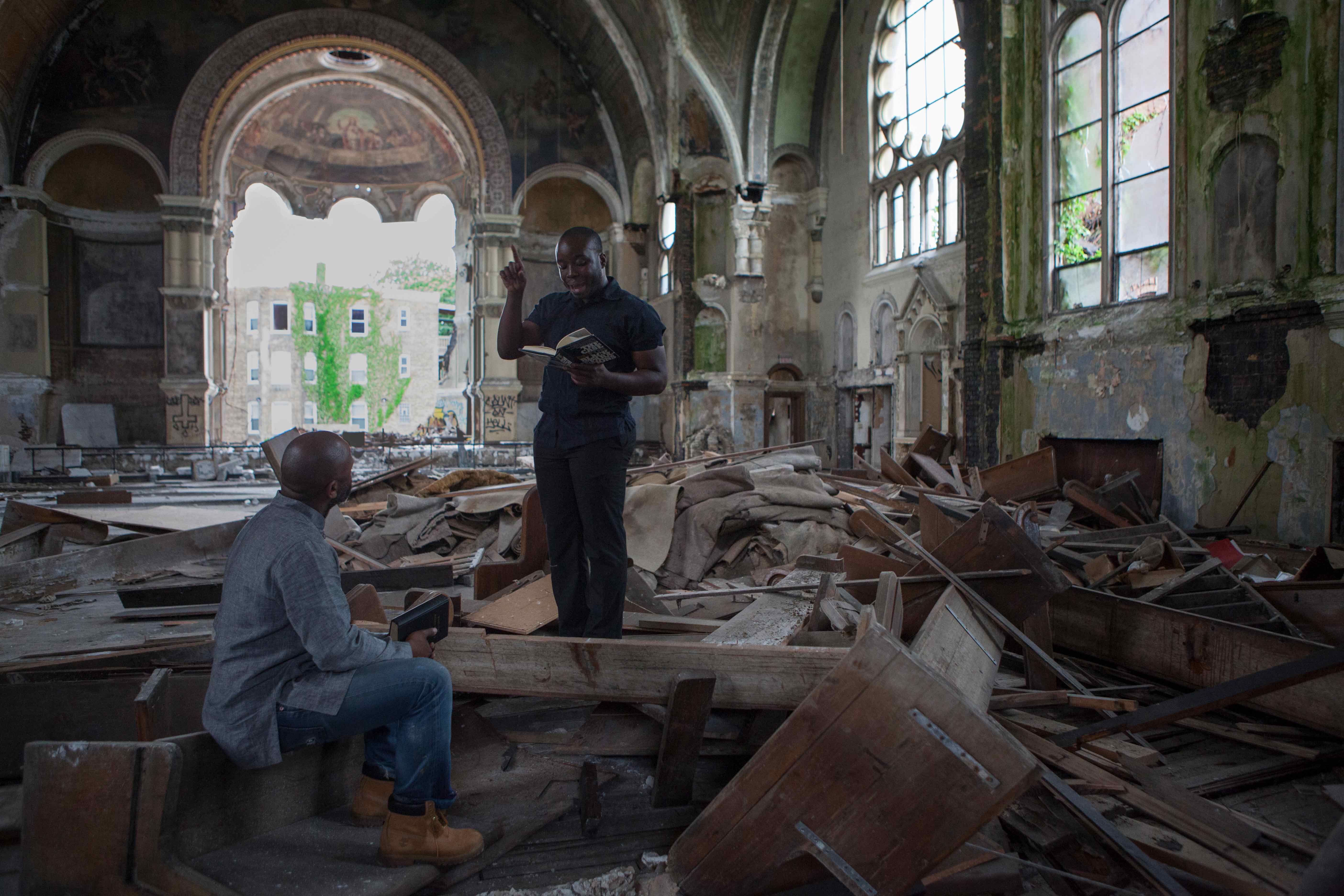
Theaster Gates, Gone Are the Days of Shelter and Martyr, 2014. Video, sound, color; 6:31 minutes. © Theaster Gates. Courtesy White Cube and Regen Projects.
What is the difference between “grief” and “mourning”? For Hannah Black, in her review of this New Museum exhibition first conceived by Okwui Enwezor and mounted posthumously after his recent passing, the distinction between the two terms is an important one. If mourning suggests “a social practice,” while “grief . . . is the uncooked pain of loss,” which register is right for an accounting of “the ongoing disaster of US anti-blackness”? And how does Enwezor’s original curatorial intention, frozen by his death, meet the current moment?

Demonlover. Courtesy Janus Films.
Unrelenting doom, corporate gamesmanship, CGI porn, the stabbing of professional rivals in the back, the spectacle of disaster—such is the stuff of Olivier Assayas’s 2002 film Demonlover. When he first saw it, our critic Nick Pinkerton found it pretty silly—but “time makes fools of us all,” as he writes, and twenty years later, a new restoration of the movie shows how weirdly, stirringly contemporary it is.
Lauren Michele Jackson on Passing
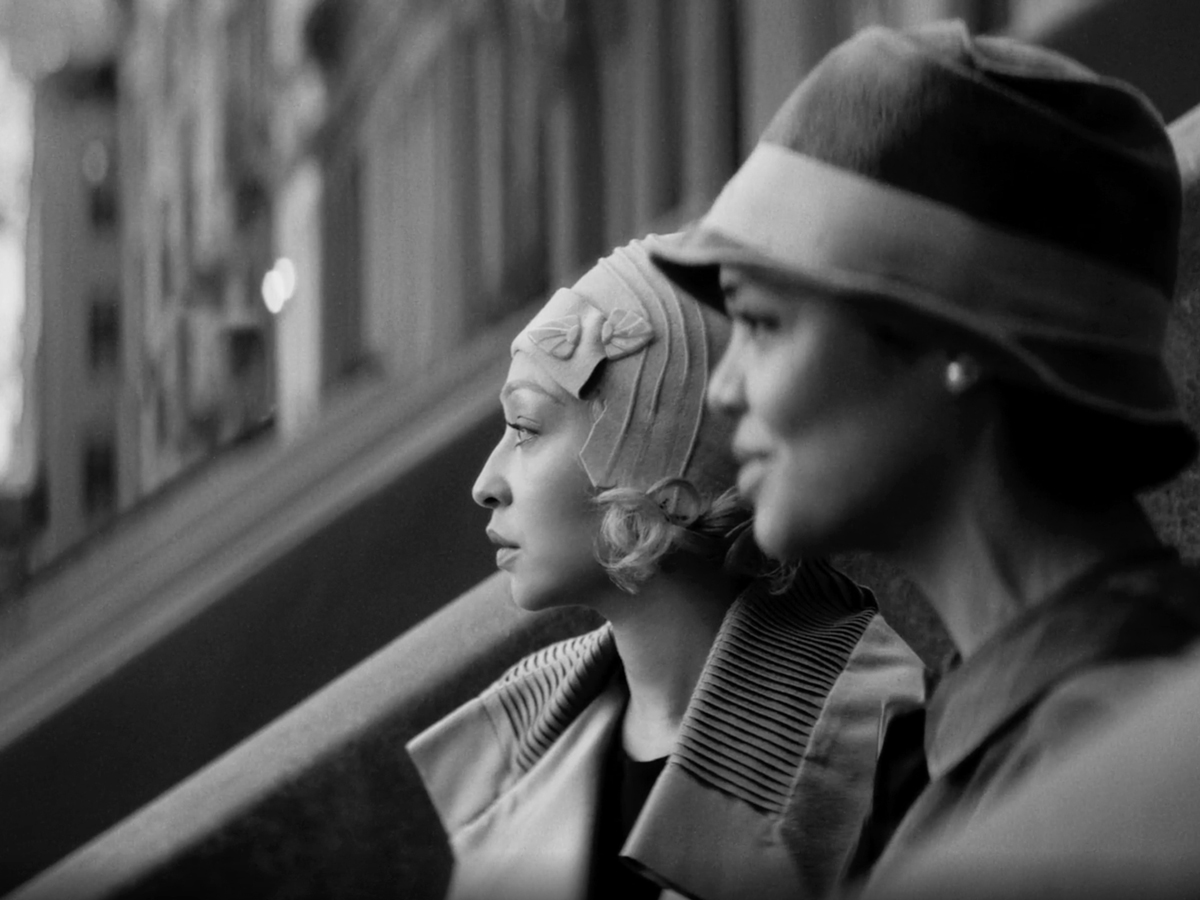
Ruth Negga as Clare and Tessa Thompson as Irene in Passing. Netflix © 2021.
Rebecca Hall’s Passing, adapted from the 1929 novel of the same name by Nella Larsen, is a story of erstwhile friends reacquainting, one of whom has become white—she married white, has a white daughter and money to match. She is passing, as stated several times in Hall’s script—more than is said plainly within the novel—a black girl living as a white woman. Critic Lauren Michele Jackson reflects on the movie’s sensual cinematography in its telling of the story, in the context of “the byzantine convolutions of the twenty-first-century race problem.”
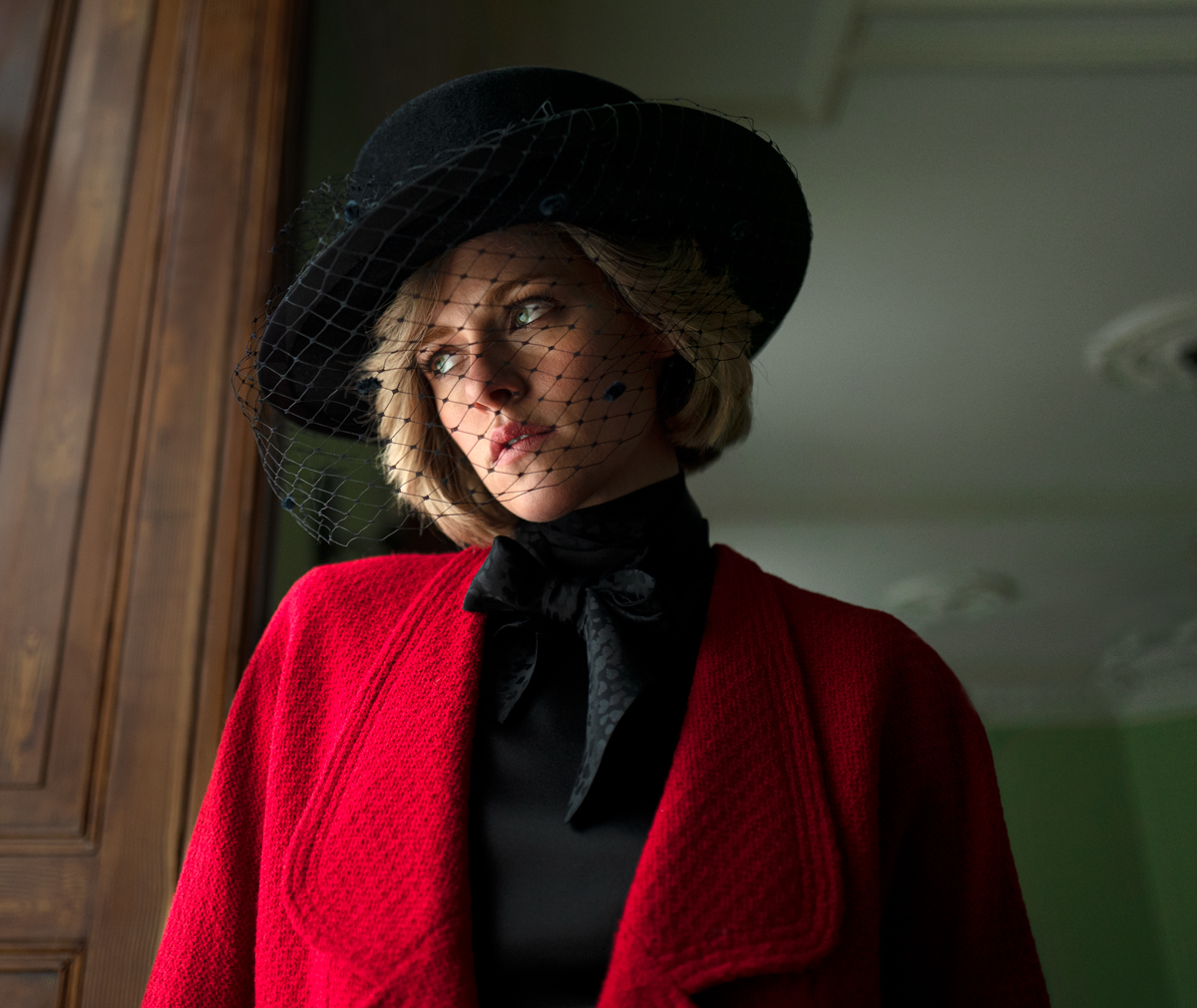
Kristen Stewart as Princess Diana in Spencer. Courtesy Neon. Photo: Pablo Larraín.
Kristen Stewart is “one of her generation’s quicksilver performers,” 4Columns film editor Melissa Anderson has written. Lady Diana, former Princess of Wales (née Diana Frances Spencer), was, in life, the object of a vast pathological obsession with the British monarchy, and in death, the subject of many maudlin displays of necromania. The latest such display is Pablo Larraín’s Spencer, a film that focuses on a despairing three days in Diana’s life. Anderson was appalled by the film’s premise but fascinated to see Stewart in the role, and the discordance between performer and part, she writes, “turns out to be one of the more invigorating aspects” of this often tawdry film.
Harmony Holiday on Pharoah Sanders

Pharoah Sanders and Sam Shepherd. Courtesy Luaka Bop. Photo: Eric Welles Nyström.
An iconic revolutionary of jazz, Pharoah Sanders surprised listeners this year with his new album, Promises, reviewed for 4Columns by music critic Harmony Holiday, which she lauded for breathing new life into the genre: “Pharoah is one of the only living musicians equipped to carry jazz tradition beyond the blithe politeness of mainstream appropriation and hype in which it currently languishes. He’s even overcome today’s prevailing burden, the fetishization of his music as sample fodder or relic by hip-hop producers and fans.”
Geeta Dayal on The Velvet Underground
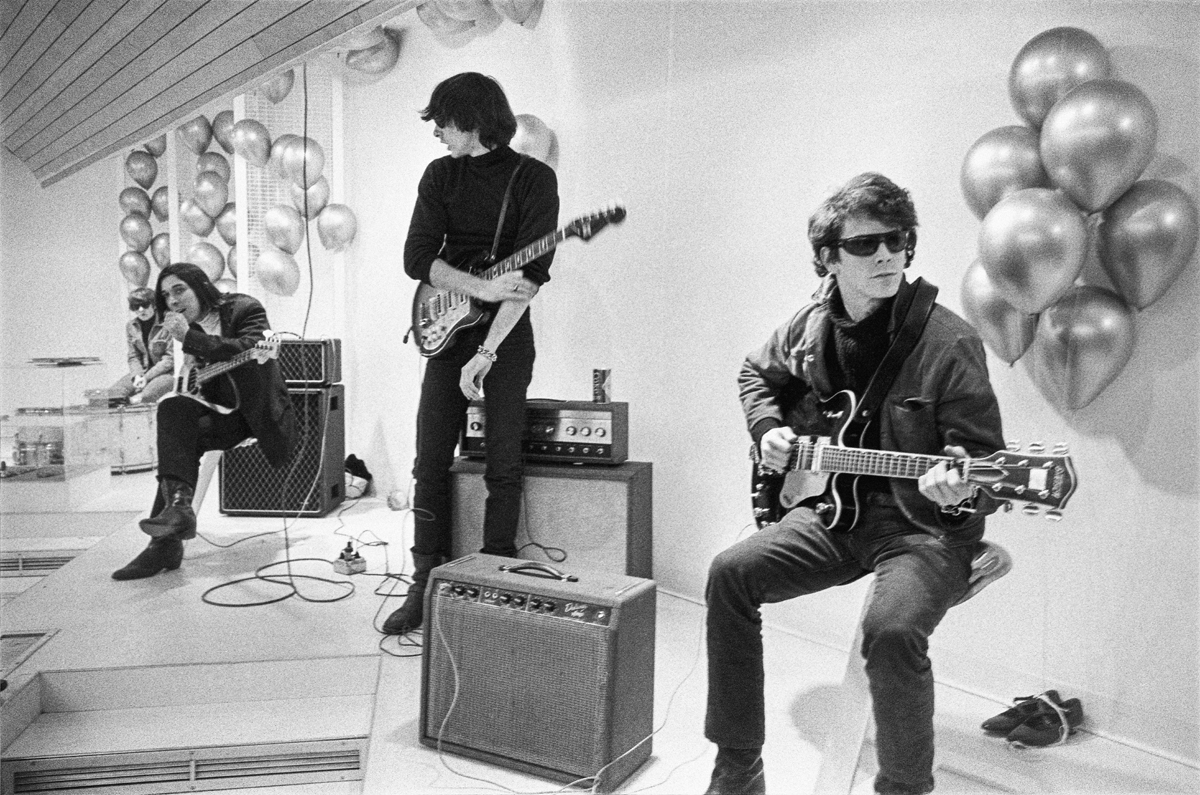
Moe Tucker, John Cale, Sterling Morrison, and Lou Reed, from archival photography from The Velvet Underground. Courtesy Apple TV+.
Director Todd Haynes’s The Velvet Underground, a grandiose monument to the group released late this fall on Apple TV+, was embraced by many music fans for his characteristically sideways route to his subject and for dispensing with the usual documentary conventions. But our critic, Geeta Dayal, was more skeptical of the project—she found it lacking distance, problematically white, and sometimes reductive.
Johanna Fateman on The Stettheimer Dollhouse

The Stettheimer Dollhouse: Up Close, installation view. Courtesy Museum of the City of New York. Photo: Brad Farwell.
A tribute to an elaborate, twelve-room dollhouse, constructed between 1916 and 1935, by Carrie Stettheimer, may seem an unlikely subject for a review that would become one of our best-read of the year. But Johanna Fateman’s essay on the Stettheimer Dollhouse, on the occasion of a special presentation at the Museum of the City of New York last spring, fully revealed both the tiny home’s incredible sophistication and the perhaps surprising stakes at play in its construction, which include an expansion of narrow definitions of what “Art” can be, in the first place.
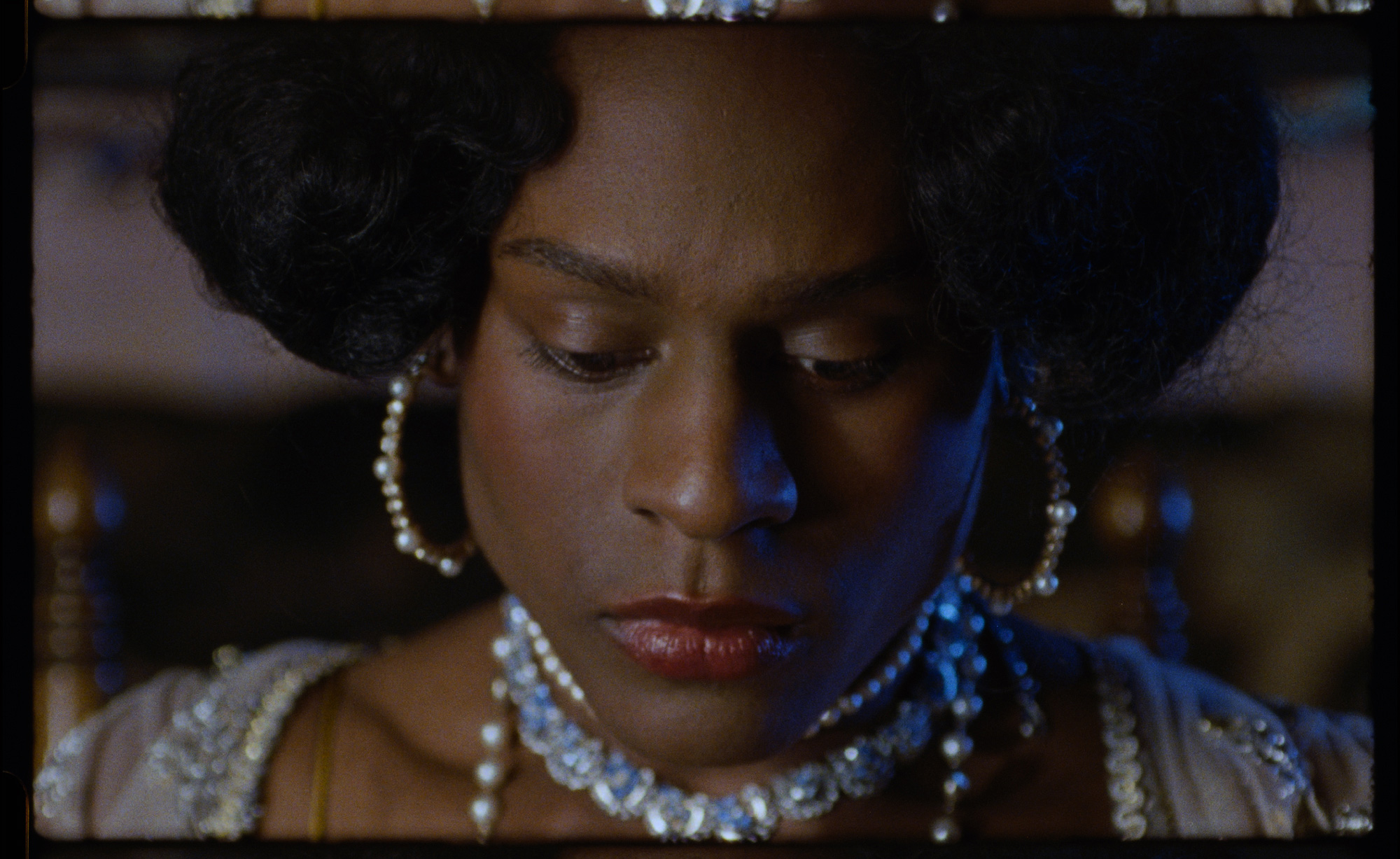
Tourmaline, Salacia, 2019. 16mm, sound, 6 minutes 4 seconds. Courtesy the artist and Chaptery NY.
Pleasure, and all of its subversive potential, is the key to Tiana Reid’s review of artist Tourmaline’s first solo show, published in 4Columns at the start of the year. It begins in the title of the show itself, Pleasure Garden—“here, pleasure blooms and blossoms,” Reid writes. “Here, too, is where pleasure is planted, manicured, and groomed. Once you let it in, there is no turning your back on pleasure. It will grow.”
Hermione Hoby on Beautiful World, Where Are You

Sally Rooney had appeared in our most-read review list of 2020—and here she is again this year, this time in Hermione Hoby’s review of the young novelist’s latest, Beautiful World, Where Are You. Vast quantities of virtual ink have been spilled dissecting Rooney’s books, often to equivocal ends, but Hoby was firm in her appraisal of Beautiful World as “wise, romantic, and ultimately consoling . . . Rooney knows that it’s the small dimensions of her fiction—the close, funneled, loving attention she pays her characters—that allow her books to trap within their confines anxieties of huge historical breadth.”